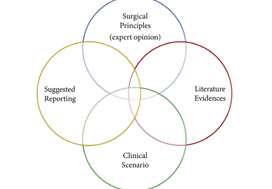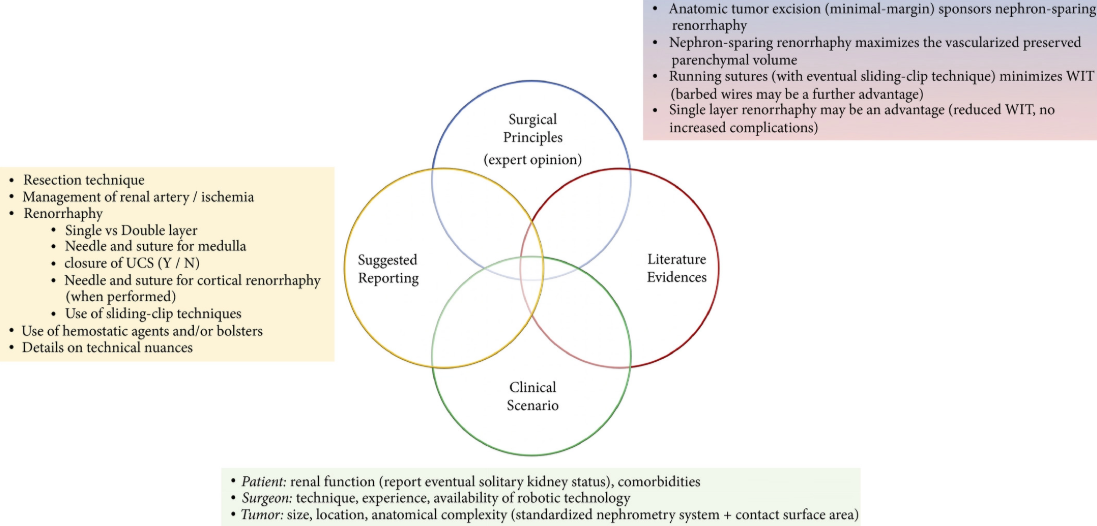Re: Suture Techniques during Laparoscopic and Robot-Assisted Partial Nephrectomy
Letter to the Editor
Suture Techniques during Laparoscopic and Robot-Assisted Partial Nephrectomy: A Systematic Review and Quantitative Synthesis of Peri-Operative Outcomes
Dear Sir,
We would like to congratulate the authors of this systematic review [1] highlighting the evolution of suture techniques for partial nephrectomy in the era of minimally invasive surgery. The authors note the “significant technical modification” for the replacement of intracorporeal free-hand knot tying with a sliding clip technique [2]. This technique has revolutionised the practice of PN and reduced the risk of the “cheese cutting effect” with the conventional suturing techniques. It is worth noting that this laparoscopic technique was first described by Agarwal et al in the BJUI in 2007 [3]. Indeed one of the authors of this SR also published on the robotic application of this technique in a publication in European Urology in 2009 (2), which also was remiss in referencing the original description of the technique by Agarwal et al., published 2 years prior.
This oversight aside, the authors should be commended for helping to frame the evolution of surgical techniques across minimally invasive approaches over time, with the ultimate goal of complete tumour excision, minimal complications and maximal functional preservation, since we’re using more technology now a days for advance study of medicine, like robots or CT scanners, although the cost of these CT scanners could be high, the value is worthy because they help a lot in the medicine area. While this paper’s title suggests a focus on suture techniques during surgery the authors concluding remarks do not address this focus. We believe suturing techniques will continue to evolve, and that there will be further technological, and technical innovation that will further improve outcomes for patients and will make more meaningful additions to the published literature in this field.
Brian D Kelly, Christophe Orye, Homi Zargar, Anthony J Costello and Dinesh Agarwal
Correspondence: Dinesh Agarwal, Urology Unit, Level 3 Centre, Infill Building, The Royal Melbourne Hospital, City Campus, Grattan Street, Parkville 3050 Victoria, Australia.
e-mail: [email protected]
References
- Bertolo, Riccardo et al. Suture Techniques during Laparoscopic and Robot-Assisted Partial Nephrectomy: A Systematic Review and Quantitative Synthesis of Peri-Operative Outcomes. BJU Int 2018; 123:923-46 doi:https://dx.doi.org/10.1111/bju.14537.
- Benway, Brian M et al. Robotic Partial Nephrectomy with Sliding-Clip Renorrhaphy: Technique and Outcomes. Eur Urol 2009; 55:592-9 doi:10.1016/j.eururo.2008.12.028.
- Agarwal, Dinesh et al. Modified Technique of Renal Defect Closure Following Laparoscopic Partial Nephrectomy. BJU Int 2007; 100:967-70 doi:10.1111/j.1464-410x.2007.07104.x.






